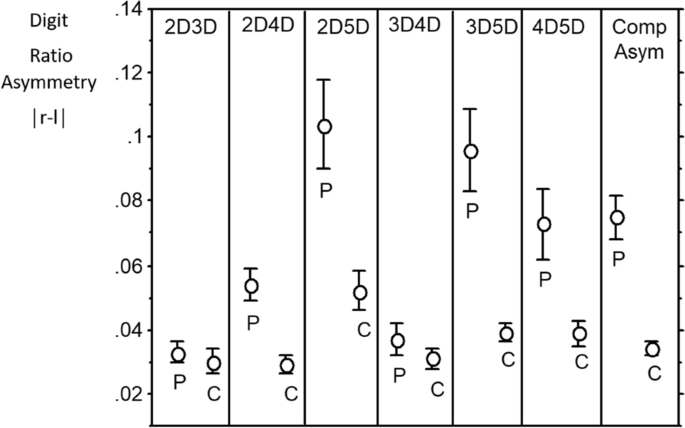この有望な非侵襲的方法は、個別のアプローチを開発すれば、リハビリテーションに利用することも可能です This promising non-invasive method can be used for rehabilitation, provided that an individualised approach is developed
2022-03-21 マックス・プランク研究所
<関連情報>
- https://www.mpg.de/18448272/0321-nepf-non-invasive-brain-stimulation-shows-clear-beneficial-effects-for-motor-deficits-following-stroke-149575-x
- https://www.sciencedirect.com/science/article/pii/S1935861X22000420
脳卒中慢性片麻痺患者におけるアノーダルおよびデュアルtDCSの感覚運動機能に対する効果の差異 Differential effects of anodal and dual tDCS on sensorimotor functions in chronic hemiparetic stroke patients
ToniMuffel,Pei-ChengShih,BenjaminKalloch,VadimNikulin,ArnoVillringer,BernhardSehm
Volume 15, Issue 2, March–April 2022, Pages 509-522
https://doi.org/10.1016/j.brs.2022.02.013

Abstract
Background and purpose
Previous tDCS studies in chronic stroke patients reported highly inconsistent effects on sensorimotor functions. Underlying reasons could be the selection of different kinematic parameters across studies and for different tDCS setups. We reasoned that tDCS may not simply induce global changes in a beneficial-adverse dichotomy, but rather that different sensorimotor kinematics are differentially affected. Furthermore, the often-postulated higher efficacy of bilateral-dual (bi-tDCS) over unilateral-anodal (ua-tDCS) could not yet be demonstrated consistently either. We investigated the effects of both setups on a wider range of kinematic parameters from standardized robotic tasks in patients with chronic stroke.
Methods
Twenty-four patients with arm hemiparesis received tDCS (20min, 1 mA) concurrent to kinematic assessments in a sham-controlled, cross-over and double-blind clinical trial. Performance was measured on four sensorimotor tasks (reaching, proprioception, cooperative and independent bimanual coordination) from which 30 parameters were extracted. On the group-level, the patterns of changes relative to sham were assessed using paired-samples t-tests and classified as (1) performance increases, (2) decreases and (3) non-significant differences. Correlations between parametric change scores were calculated for each task to assess effects on the individual-level.
Results
Both setups induced complex effect patterns with varying proportions of performance increases and decreases. On the group-level, more increases were induced in the reaching and coordination tasks while proprioception and bimanual cooperation were overall negatively affected. Bi-tDCS induced more performance increases and less decreases compared to ua-tDCS. Changes across parameters occurred more homogeneously under bi-tDCS than ua-tDCS, which induced a larger proportion of performance trade-offs.
Conclusions
Our data demonstrate profound tDCS effects on sensorimotor functions post-stroke, lending support for more pronounced and favorable effects of bi-tDCS compared to ua-tDCS. However, no uniformly beneficial pattern was identified. Instead, the modulations varied depending on the task and electrode setup, with increases in certain parameters occurring at the expense of decreases in others.



・ライプツィヒのマックス・プランク人間認知脳科学研究所、ハレ大学医療センター、ベルリンのシャリテ大学医学部の科学者たちは、脳への刺激が有効であることを発見した。
・頭部に取り付けた電極を介して直流電流を流すと、患者さんの障害となっている動作が大幅に改善された。
・この研究は、1回の適用で顕著な効果を示したことに加え、最適な効果を得るためには、特定の患者さんに合わせた治療が必要であることを示唆している。